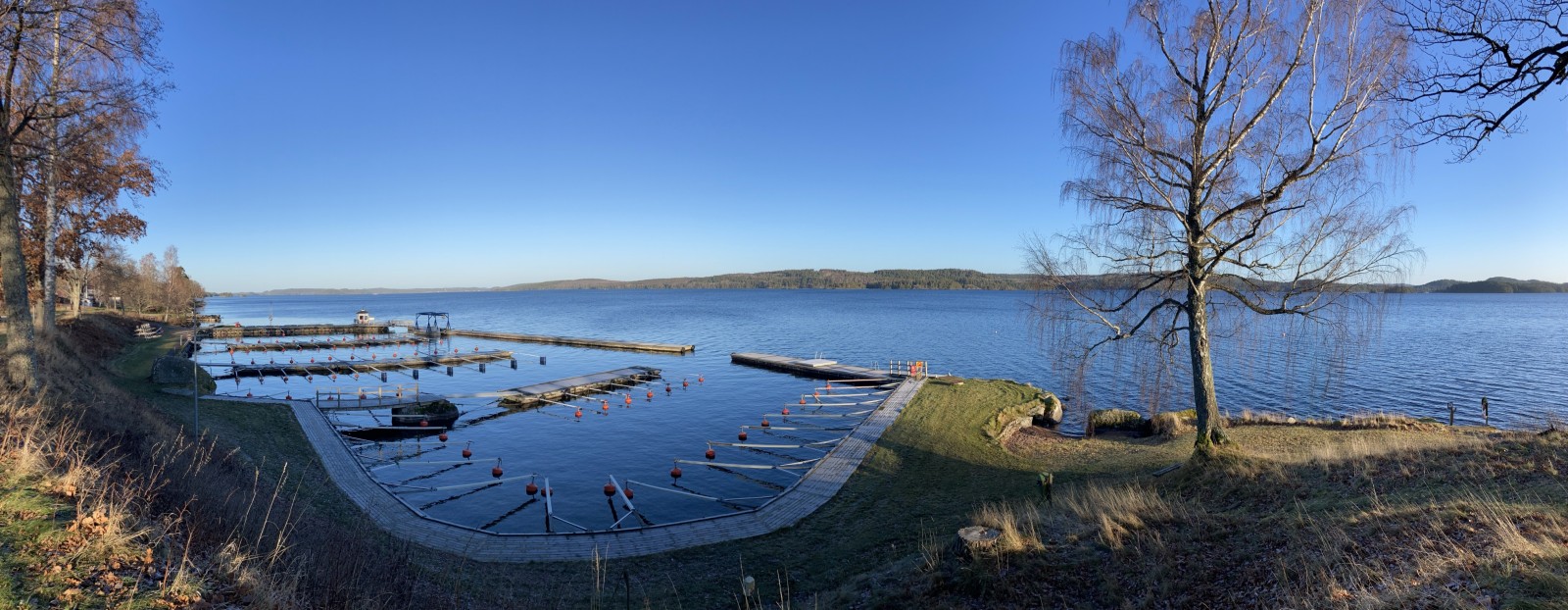Description
Lake Sommen is quite deep and most of the lake is ice-free all-winter. During this period large amounts of Nagy bukó, Kerceréce and Búbos vöcsök winter in Sommen. Sometimes in the hundreds. Among these Kontyos réce, Bütykös hattyú, Énekes hattyú, Szárcsa, and Viharsirály can often be found. The lake is also home to quite a few rarer wintering birds like Sarki búvár, Örvös bukó, Szirti sas, Fekete réce, Füstös réce, Jégmadár, Északi búvár and Dankasirály.
During the spring migration marine ducks can be found in the lake. At the same time Északi búvár, and Sarki búvár, arrive at the lake. Sarki búvár breeds in the lake while Északi búvár feeds in the lake and breeds in small neighbouring lakes. The rare Fehércsőrű búvár has been seen. Sommen archipelago hosts large colonies of Küszvágó csér, Viharsirály, Dankasirály, Ezüstsirály, Szürke gém and Kárókatona. Among these some rare birds like heringsirály, and Sarki csér can be seen.
The large decidous forests around sommen especially on Torpön host plenty of quite rare birds like: Kis légykapó, Kis fakopáncs, fenyőszajkó, and Erdei fülesbagoly. Around Sommen there is also old conifer forests around which support large populations of woodpeckers. Nyaktekercs, Zöld küllo, Fekete harkály, Kis fakopáncs, Háromujjú hőcsik (very rare), Nagy fakopáncs and Fehérhátú fakopáncs (extinct in the area) have all been recorded. Other otherwise rare forrest birds found here are: Császármadár Siketfajd, Nyírfajd (Rocks mosse), and fenyőszajkó.
During the autumn birds can be seen migrating through the lake. Most common are the doves, finches, terns, and waders. At Rocks mosse Nyírfajd and Siketfajd breed. At Visskvarn there are rapids where Vízirigó, and hegyi billegető can be seen.
Details
Access
The area is quite vast, and has got many places to get a good view of the lake. The area is quite mountanous and a walk can be straining. Click on a P in the map to get directions to that point.



